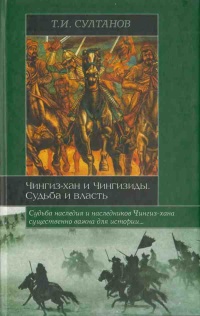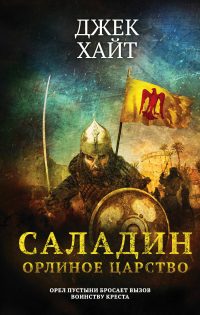Книга Легитимация власти, узурпаторство и самозванство в государствах Евразии. Тюрско-монгольский мир XIII - начала XX века - Роман Почекаев
На нашем литературном портале можно бесплатно читать книгу Легитимация власти, узурпаторство и самозванство в государствах Евразии. Тюрско-монгольский мир XIII - начала XX века - Роман Почекаев полная версия. Жанр: Книги / Историческая проза. Онлайн библиотека дает возможность прочитать весь текст произведения на мобильном телефоне или десктопе даже без регистрации и СМС подтверждения на нашем сайте онлайн книг knizki.com.
Шрифт:
-
+
Интервал:
-
+
Закладка:
Сделать
Перейти на страницу:
Перейти на страницу:
Внимание!
Сайт сохраняет куки вашего браузера. Вы сможете в любой момент сделать закладку и продолжить прочтение книги «Легитимация власти, узурпаторство и самозванство в государствах Евразии. Тюрско-монгольский мир XIII - начала XX века - Роман Почекаев», после закрытия браузера.
Книги схожие с книгой «Легитимация власти, узурпаторство и самозванство в государствах Евразии. Тюрско-монгольский мир XIII - начала XX века - Роман Почекаев» от автора - Роман Почекаев:
Комментарии и отзывы (0) к книге "Легитимация власти, узурпаторство и самозванство в государствах Евразии. Тюрско-монгольский мир XIII - начала XX века - Роман Почекаев"
























